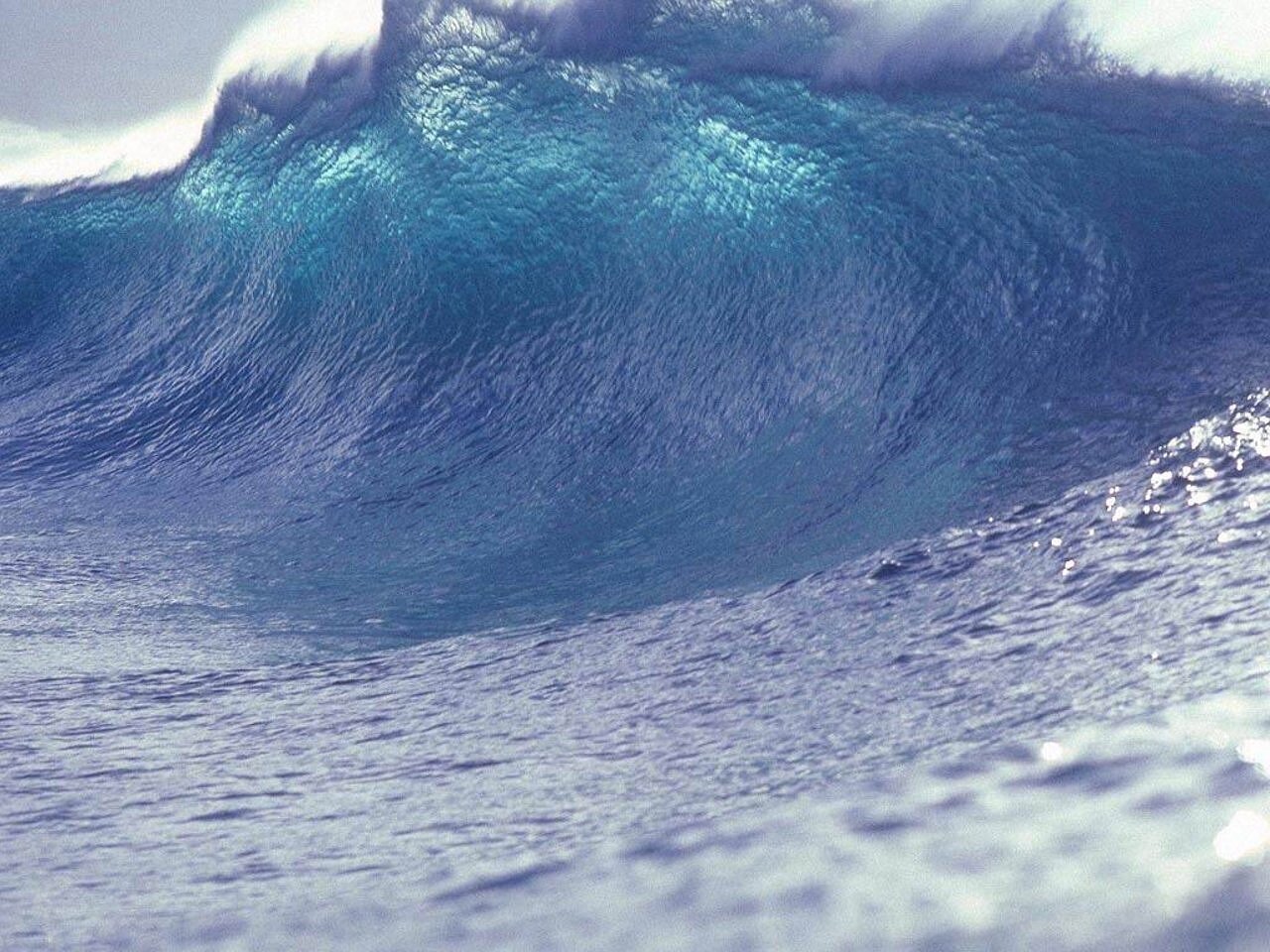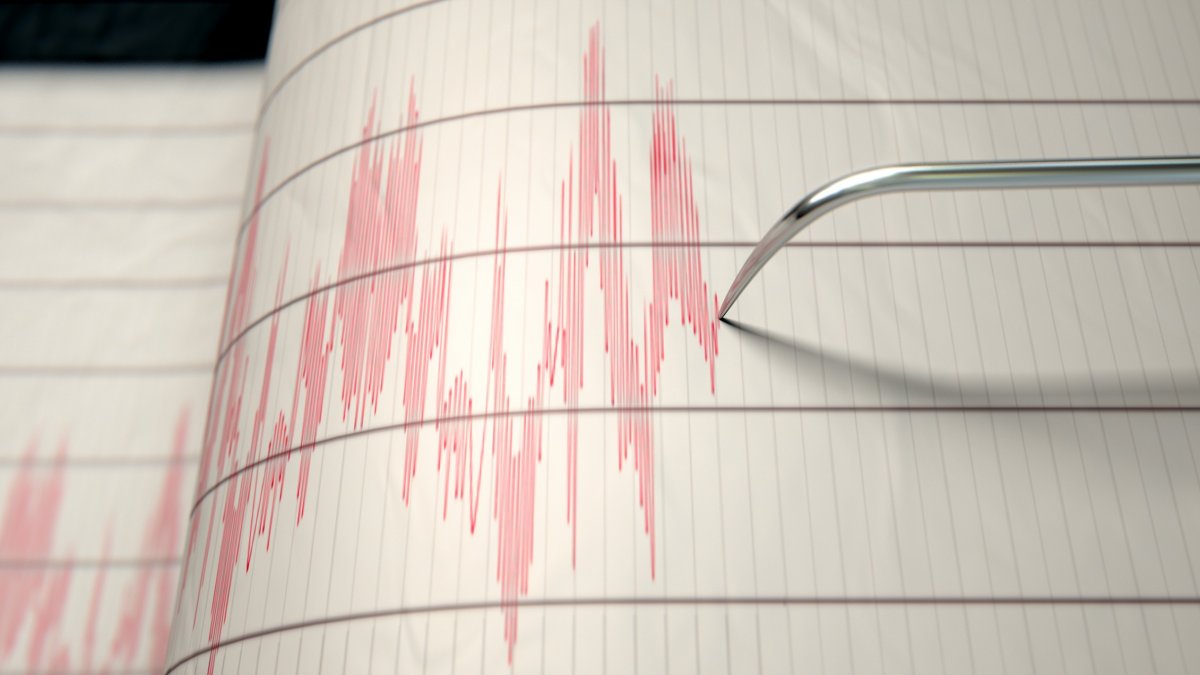California Tsunami Risk: High-Risk Zones And Potential Damage

Welcome to your ultimate source for breaking news, trending updates, and in-depth stories from around the world. Whether it's politics, technology, entertainment, sports, or lifestyle, we bring you real-time updates that keep you informed and ahead of the curve.
Our team works tirelessly to ensure you never miss a moment. From the latest developments in global events to the most talked-about topics on social media, our news platform is designed to deliver accurate and timely information, all in one place.
Stay in the know and join thousands of readers who trust us for reliable, up-to-date content. Explore our expertly curated articles and dive deeper into the stories that matter to you. Visit Best Website now and be part of the conversation. Don't miss out on the headlines that shape our world!
Table of Contents
California Tsunami Risk: High-Risk Zones and Potential Damage
California, renowned for its stunning coastline, faces a significant, often underestimated threat: tsunamis. While earthquakes are a more frequently discussed hazard, the potential devastation of a tsunami impacting California's coastal communities is immense. Understanding the high-risk zones and the potential extent of the damage is crucial for preparedness and mitigation efforts.
Understanding the Tsunami Threat in California
Tsunamis, powerful ocean waves triggered by underwater earthquakes, volcanic eruptions, or landslides, pose a significant threat to California's extensive coastline. The Pacific Ring of Fire, a highly seismically active zone, places California in a vulnerable position. While a major earthquake off the coast of California is the most likely trigger for a devastating tsunami, distant tsunamis generated by events in Alaska, Japan, or even South America can also impact the state.
High-Risk Zones: Where the Danger Lies
Several areas along California's coast are identified as high-risk zones for tsunami inundation. These areas are often characterized by low-lying coastal plains, narrow continental shelves, and proximity to fault lines. Some of the most vulnerable areas include:
- Crescent City: Historically impacted by tsunamis, Crescent City is particularly vulnerable due to its location and geographical features.
- Northern California Coast: Areas north of San Francisco, including Humboldt County and Mendocino County, face significant risks due to their proximity to potential earthquake epicenters.
- Southern California Coastal Cities: While less frequently impacted by locally generated tsunamis, cities like Los Angeles, Long Beach, and San Diego are still susceptible to distant tsunami events. Low-lying areas and harbors are particularly at risk.
- Coastal Highways and Infrastructure: Major transportation arteries like Highway 1 are vulnerable to damage from tsunami waves, potentially isolating coastal communities.
Potential Damage: Beyond the Waves
The impact of a significant tsunami on California could be catastrophic. Potential damage includes:
- Coastal Inundation: Powerful waves can inundate coastal areas, flooding homes, businesses, and infrastructure. The extent of flooding depends on the size of the tsunami and local topography.
- Structural Damage: Buildings near the coast are at risk of collapse from the force of the waves and debris.
- Loss of Life: Tsunamis pose a significant threat to human life, with the potential for widespread casualties in vulnerable areas.
- Economic Disruption: The impact on the economy could be devastating, affecting tourism, fishing, and other coastal industries. Recovery efforts could take years.
- Environmental Impacts: Damage to coastal ecosystems, including wetlands and marine habitats, would be extensive.
Preparedness and Mitigation Strategies:
Understanding the risks is the first step towards effective preparedness. Individuals and communities can take steps to mitigate the effects of a tsunami by:
- Developing a Tsunami Evacuation Plan: Know your evacuation route and designated safe zones.
- Participating in Community Drills: Regular drills help familiarize residents with evacuation procedures.
- Building to Tsunami-Resistant Standards: New construction should incorporate features designed to withstand tsunami forces.
- Investing in Early Warning Systems: Reliable and timely warnings are critical for effective evacuation. The National Oceanic and Atmospheric Administration (NOAA) provides tsunami warnings for the United States.
Conclusion:
While the frequency of large tsunamis impacting California is relatively low, the potential for catastrophic damage necessitates preparedness and proactive mitigation strategies. By understanding the high-risk zones, recognizing the potential impacts, and taking necessary precautions, California can better protect its communities and infrastructure from this significant natural hazard. Staying informed and actively participating in community preparedness efforts are vital for minimizing the impact of a future tsunami.

Thank you for visiting our website, your trusted source for the latest updates and in-depth coverage on California Tsunami Risk: High-Risk Zones And Potential Damage. We're committed to keeping you informed with timely and accurate information to meet your curiosity and needs.
If you have any questions, suggestions, or feedback, we'd love to hear from you. Your insights are valuable to us and help us improve to serve you better. Feel free to reach out through our contact page.
Don't forget to bookmark our website and check back regularly for the latest headlines and trending topics. See you next time, and thank you for being part of our growing community!
Featured Posts
-
 Confirmed Harry Potter Casts Key Roles For Weasley Malfoy And Dursley Families
Jun 10, 2025
Confirmed Harry Potter Casts Key Roles For Weasley Malfoy And Dursley Families
Jun 10, 2025 -
 Did The View Sidestep The Trump Elon Musk Conflict Fan Reactions Explode
Jun 10, 2025
Did The View Sidestep The Trump Elon Musk Conflict Fan Reactions Explode
Jun 10, 2025 -
 Court Rejects Justin Baldonis 400 Million Claim Against Blake Lively And Ryan Reynolds
Jun 10, 2025
Court Rejects Justin Baldonis 400 Million Claim Against Blake Lively And Ryan Reynolds
Jun 10, 2025 -
 Magnitude 2 5 Earthquake Rattles Los Angeles
Jun 10, 2025
Magnitude 2 5 Earthquake Rattles Los Angeles
Jun 10, 2025 -
 Mystery Surrounds Disappearance Of Musks Trump Accusation From Social Media
Jun 10, 2025
Mystery Surrounds Disappearance Of Musks Trump Accusation From Social Media
Jun 10, 2025
